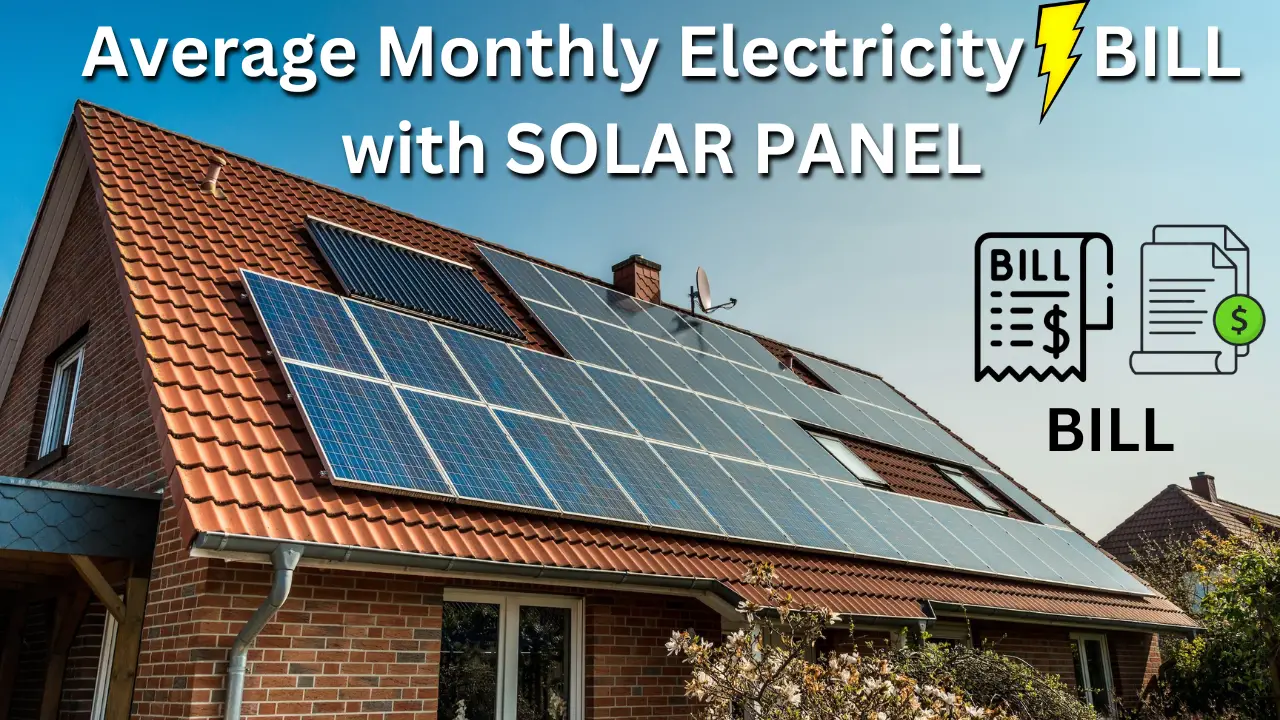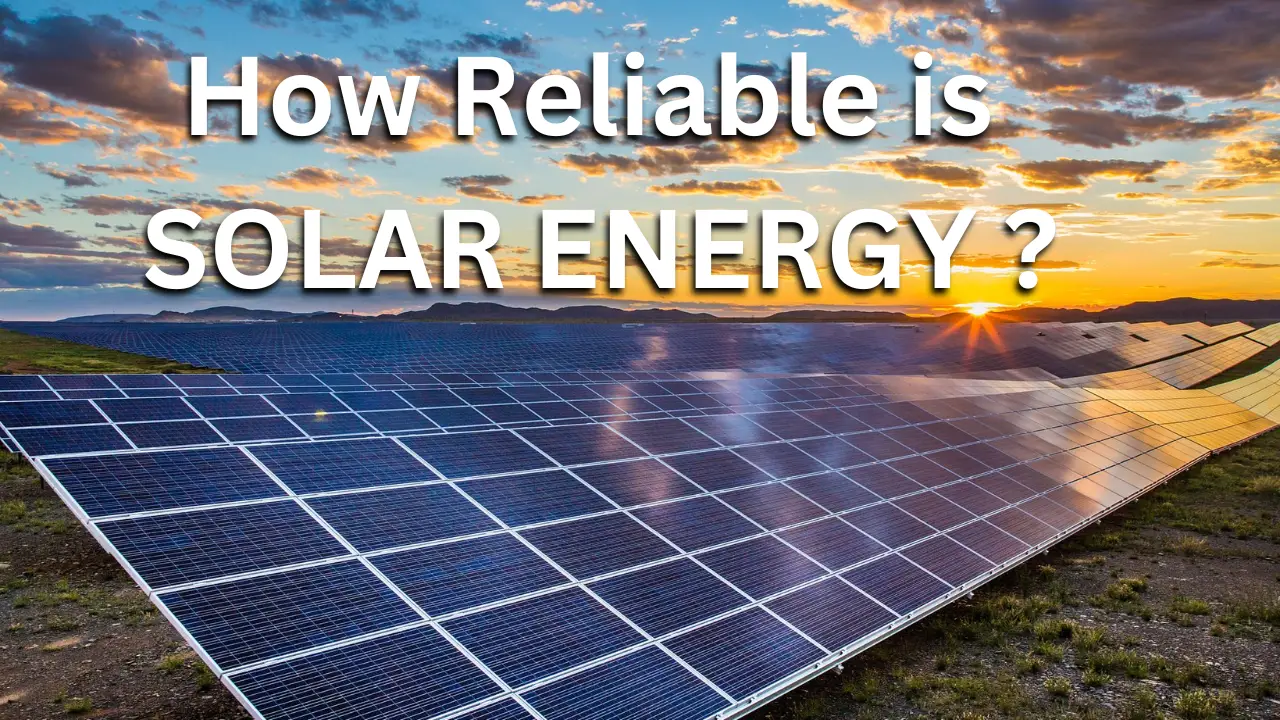Many households are contemplating the advantages of solar panel installation as renewable energy sources gain popularity. The potential cost savings connected with solar electricity is one of the most important reasons driving this choice. “What is the typical monthly power bill with solar panels?” is one of the most frequently asked questions, despite the fact that there are numerous factors that might affect the cost of a solar panel installation.
In this article, we’ll look at the factors that lower the cost of solar panels and give you an idea of how much solar power will affect the amount you pay each month for energy.
The average monthly electric bill with solar panels can vary depending on several factors, such as the size of the solar array, the location, and the energy consumption of the household. However, many American households who install solar panels save an average of $1,500 per year on their electric bill.
Average monthly electric bill with solar panels?
Curious about how solar panels can affect your monthly electric bill? Well, the answer is as dazzling as the sun itself! The amount of money you’ll save depends on a few factors, like the efficiency and size of your solar panels, how much electricity you use, and where you call home sweet home. But here’s the sunny side: homes with solar panels usually bask in the glory of lower electric bills compared to those without. In fact, in some cases, you might even bid farewell to your electric bill entirely!
Now, let’s shed some light on the numbers. The average monthly residential electricity consumption in the United States hovers around 886 kilowatt-hours (kWh) per month. Of course, your actual usage might vary based on the unique features of your household. Think about things like the number of bright souls living under your roof, the size of your cozy abode, how energy-efficient your appliances are, and even the climate of your enchanted region.
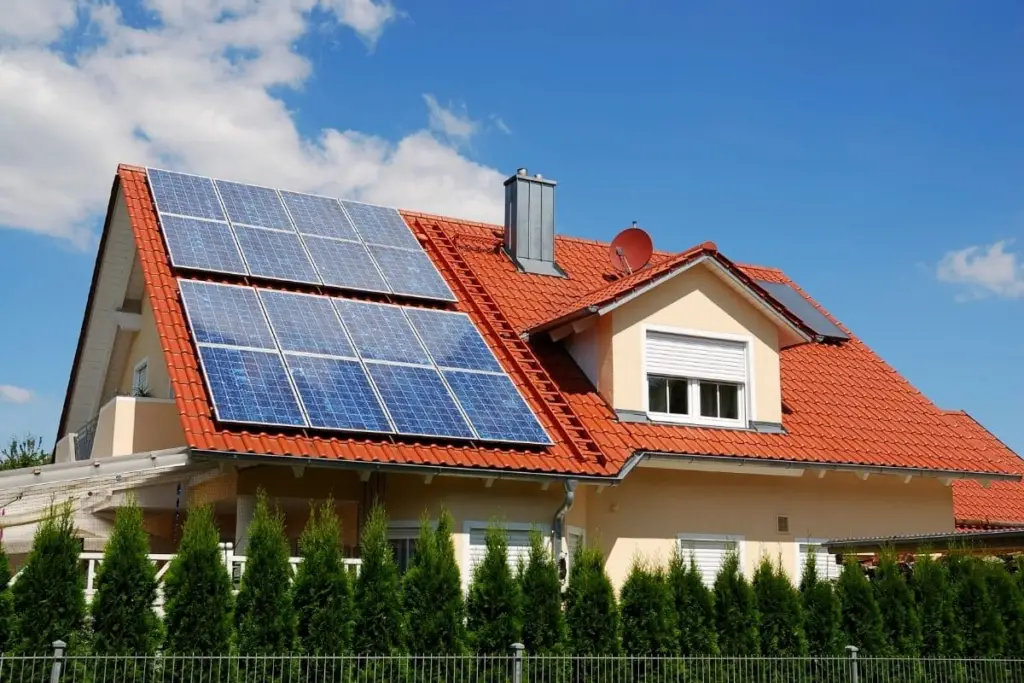
The size of the system and the location can both have a significant impact on the price of the solar panels. A household solar panel system in the United States, with a capacity of 5 to 10 kilowatts, is projected to cost between $10,000 and $25,000 or more.
Given all these considerations, it is challenging to give a precise number for the average monthly electric bill with solar panels. However, homeowners can typically expect a solar system to reduce their monthly electric bill by $50 to $150. The savings are significantly greater with the federal solar tax credit and state incentives, though. The Federal Investment Tax Credit (ITC) lets homeowners claim a tax credit equal to 30% of the total cost of having solar panels put up on their land. This credit can be claimed on their tax return.
How Much Is the Average Electricity Bill?

Although the cost can vary based on where you reside, electricity bills can be a considerable household expense. More people are worried about their entire energy bill than they are about the price per kilowatt-hour. This is why the SaveOnEnergy Electricity Bill Report is a valuable resource, as it provides a monthly overview of the average electricity bills across the United States.
The report takes into account the latest state energy rates and average power usage in each state. For instance, the April 2023 report shows that Utah residents had the lowest average electricity bills in the country, while Hawaii residents paid the highest.
Find the average power costs for the top 15 most populous states in the US by scrolling through the table below. For more data on other states, visit this.
| State | Avg. monthly usage | Rates (cents/kWh) | Avg. bill |
| California | 542 kWh | 26.45 ¢/kWh | $143.36 |
| Texas | 1,094 kWh | 14.18 ¢/kWh | $155.13 |
| Florida | 1,096 kWh | 15.01 ¢/kWh | $164.51 |
| New York | 599 kWh | 23.57 ¢/kWh | $141.18 |
| Pennsylvania | 851 kWh | 17.99 ¢/kWh | $153.09 |
| Illinois | 728 kWh | 16.04 ¢/kWh | $116.77 |
| Ohio | 879 kWh | 14.31 ¢/kWh | $125.78 |
| Georgia | 1,072 kWh | 12.87 ¢/kWh | $137.97 |
| North Carolina | 1,063 kWh | 12.67 ¢/kWh | $134.68 |
| Michigan | 670 kWh | 17.99 ¢/kWh | $120.53 |
| New Jersey | 687 kWh | 16.92 ¢/kWh | $116.24 |
| Virginia | 1,094 kWh | 14.03 ¢/kWh | $153.49 |
| Washington | 984 kWh | 10.48 ¢/kWh | $103.12 |
| Arizona | 1,048 kWh | 12.62 ¢/kWh | $132.26 |
| Massachusetts | 596 kWh | 31.71 ¢/kWh | $188.99 |
How Is the Average Electricity Bill Calculated?
The average monthly electricity consumption of all users within a demographic (residential or commercial) and the average cost per kWh of electricity are multiplied to find the average cost of electricity bills in a certain state.
The average amount of electricity per month X average cost per kWh = average cost of electricity bill
Costs of energy might differ between service providers and between demographics. For instance, rates may be lower for commercial customers, but this is only because utilities are aware that commercial customers would consume more electricity than residential customers.
Analysts of the energy market, however, employ the same formula for both residential and commercial electricity.
How Solar Panels Impact Your Electric Bill
By balancing the cost of electricity and offsetting other charges on your bill, such as delivery costs, installing solar panels can lower your energy bill. American homeowners that install solar panels can reduce their annual electricity costs by an average of $1,500.
Further lowering the cost of solar energy are tax breaks and incentives, including net metering, rebates, and tax credits. Overall, you can lower your average monthly bill in half by combining federal benefits and monthly deductions from your power bill.
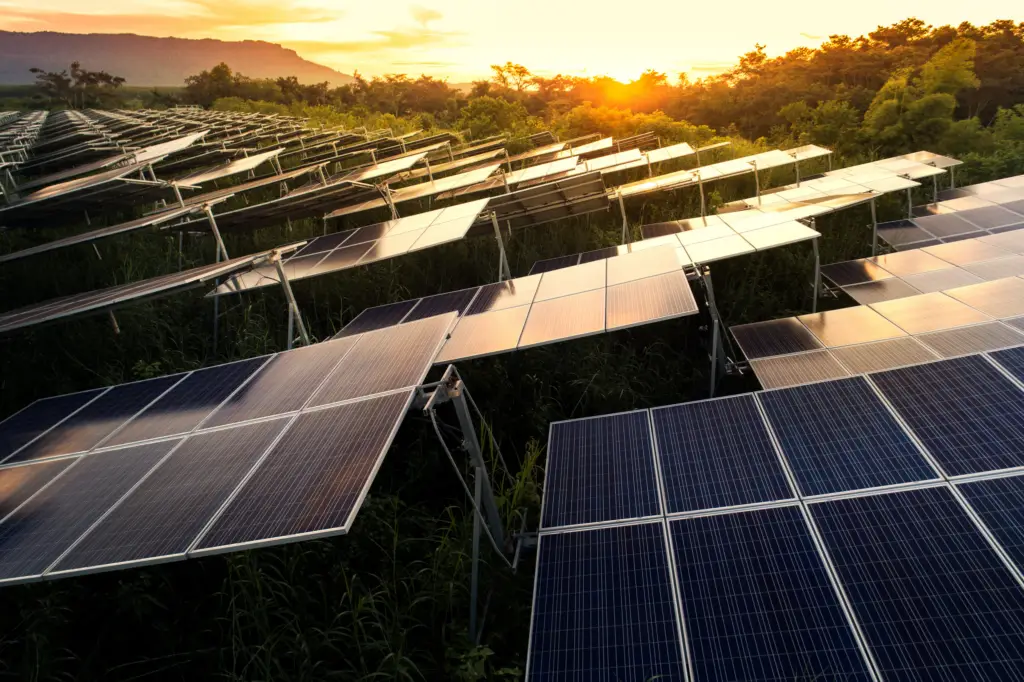
Electric bill: Before and After solar panels?
Before and after solar panels, your electric expenses will alter. Prior to switching to solar energy, you paid a monthly payment based on your grid electricity consumption. Electricity and taxes make up the bill.
Solar panels change your monthly bill. Net metering is now on the bill. It’s the difference between solar panel generation and consumption. Net metering is zero or negative if your solar panels generate more power than your house uses. You will receive credits to utilize when solar energy is low.
In addition to solar power, the bill charges for grid electricity. Grid-tied systems are prevalent. It is safer than standalone systems. Your house stays wired. Nighttime and low-sun conditions require grid power for your home. Solar power goes to the grid for credits when the sun is abundant, lowering the charge.
The net metering charge and grid electricity charge are often cheaper than the power rates before installing solar panels, lowering your electric bill significantly.
How Much Do Solar Panels Save in the Average Household?
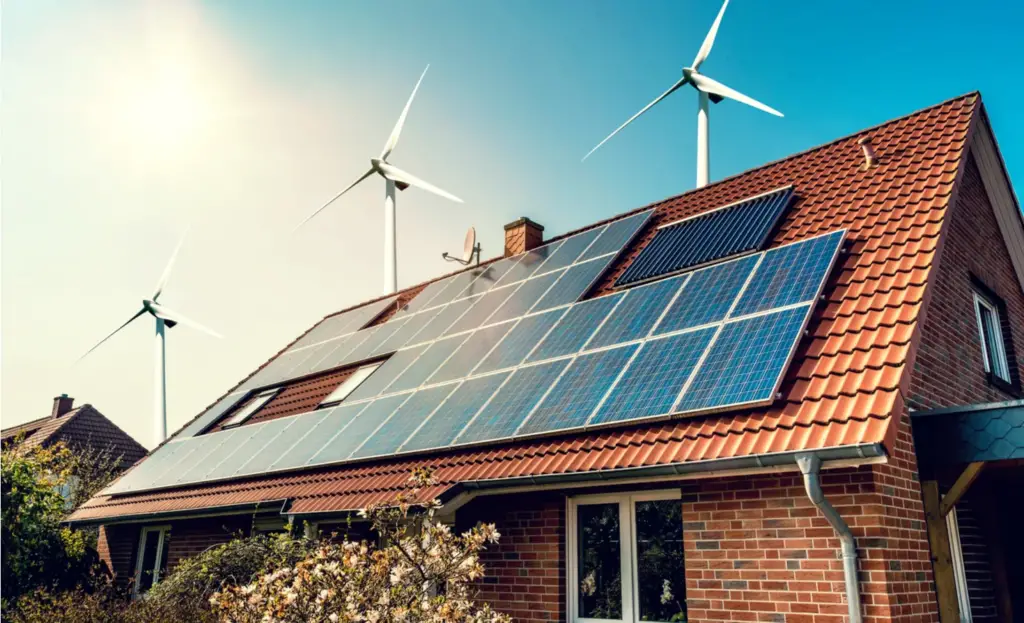
Based on state electricity tariffs, usage, average sun hours, and local incentives, the average savings from solar panels vary.
The power output of the typical residential solar array is 7.15 kW. Using an average of 4.5 peak sun hours per day as a baseline, this system would produce 32.2 kWh daily and 965 kWh monthly.
In the United States, the average power bill for 2023 was $121.01. The average American household uses 886 kWh of power each month; therefore, a 7.15 kW solar array would generate more energy and save the typical homeowner $121.01.
Additionally, we can calculate the savings state by state. A 7.15 kWh solar array will fully supply the electricity needs of US states with average monthly usage of less than 965 kWh. For these states, the expected monthly savings would be equal to their typical electricity bill.
By dividing this monthly power output by the average energy tariff in that state, we can calculate the expected savings for the states with average monthly usage exceeding 965 kWh.
For instance, the typical home in Arizona with a solar array that produces 965 kWh of energy monthly at the cost of 12.62 cents per kWh will save $121.78 a month:
The average amount of electricity per month X average cost per kWh = average cost of electricity bill
965 kWh Average monthly output x $0.1262 per kWh = $121.78
Factors Affecting the Amount of Saving on Bill
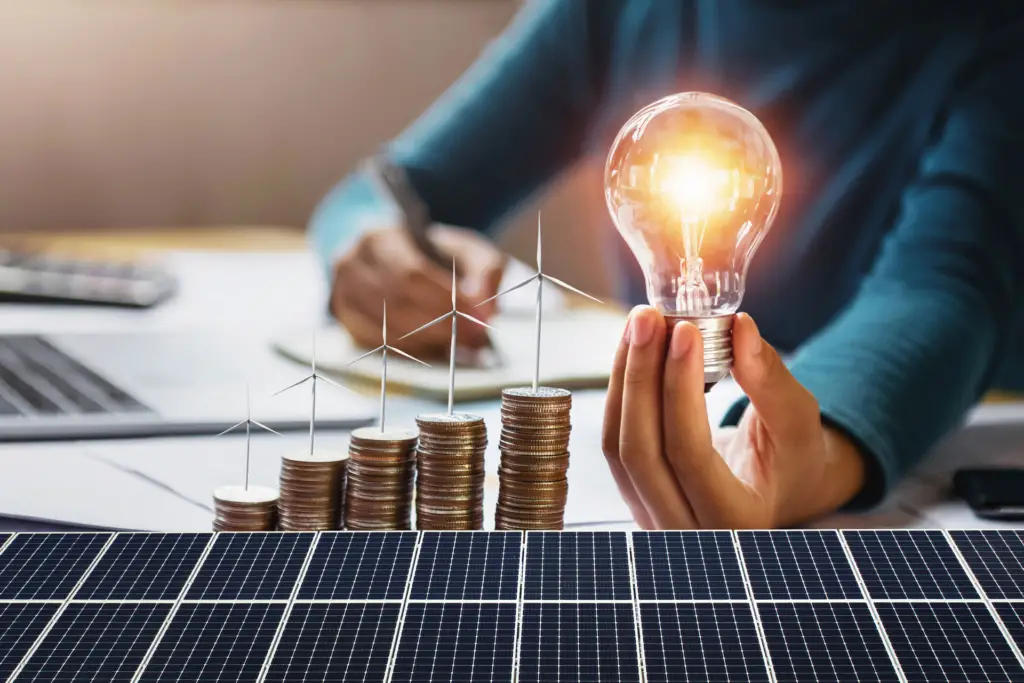
Solar panels can lower utility bills by a variety of amounts for homes, depending on a number of variables.
These include –
- Location: The amount of direct sunlight you receive, or “peak sun hours,” can greatly impact the efficiency and energy production of your solar array. Cooler climates tend to yield better performance.
- Size of Solar System: A full rooftop solar array installation can have a much greater impact on your electricity costs than a single solar panel.
- Consuming Energy: The more energy you use means that there is a greater chance that you will save money. In the long run, the typical household can anticipate making considerable cost reductions in regard to their monthly electricity expenses.
- Electricity Rates: The higher your power costs are, the more potential savings you have when they are lower. Solar energy can result in substantial monthly electricity cost savings in areas with long peak sunlight hours.
- Incentives: Federal and state incentives such as tax credits, rebates, and net metering programs can greatly decrease the initial installation and purchasing costs.
- Panel Quality: High-quality solar panels from reliable suppliers can greatly impact the amount of electricity produced and money saved. Routine upkeep, such as cleaning and inspection, can also impact performance.
What Are the Causes of High Electricity Bills?
The cost of electricity in your state is not in your control. You can, however, take action to lower your monthly payment. The following are some of the primary contributors to a high monthly electricity bill.
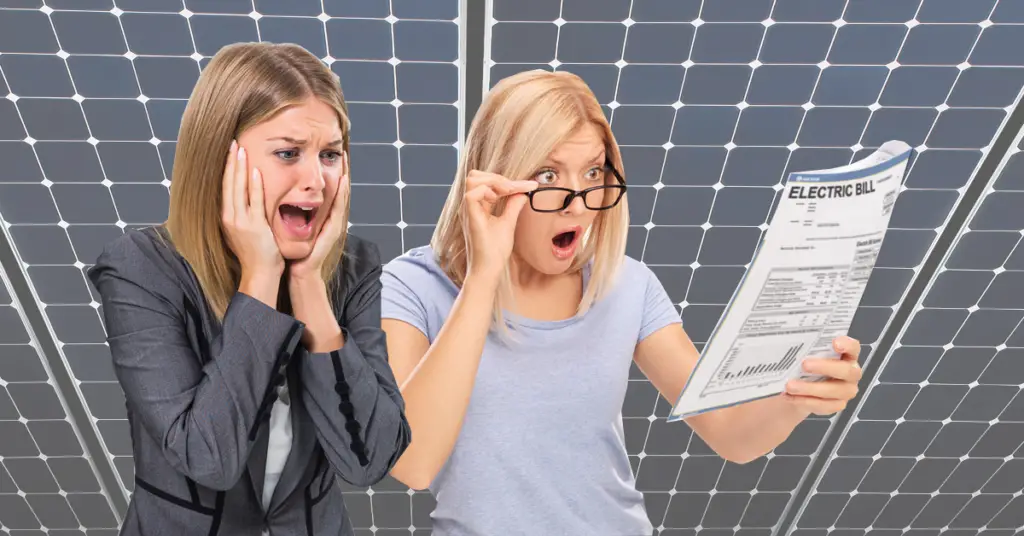
Energy-Wasteful Devices
The energy ratings of household equipment can vary greatly. If your power bill is excessive, you may be using more energy-intensive equipment or leaving them on longer. Your electric cost will go higher if you use a high-energy item like an air conditioner for eight hours a day.
Before making a purchase, it is always advisable to research energy efficiency and substitutes. Energy consumption varies during the day as well. Examine your energy usage and look for opportunities to cut back when you’re not at home or when the business is closed.
Lack of insulation
Ever feel a draft coming through the side of a door or window, the floors, or both? Lack of proper insulation and sealing makes it far more difficult for a house to control its internal temperature.
Old windows and chilly attics are major offenders. Purchasing energy-saving or weatherproof windows is a significant first step toward solving this problem.
Poor Energy Practices
When you leave a room, do you ever leave the lights on? How about the ceiling fan that is constantly on? These practices, though seemingly insignificant, can add up to a significant electrical expense.
Make sure all of your windows are closed if the heating or cooling system is on to prevent the loss of any temperature-controlled air. Using cold water to wash your clothes and taking shorter showers can both help.
Unusual Weather
You, unfortunately, have no influence over some of the factors that determine your electricity costs. If the summer is particularly warm, your air conditioner will be operating overtime. Your monthly payment may be greatly affected by this additional use, which adds up.
You can still make preparations to lessen the effect, though. To get the best prices, close the blinds on particularly sunny days or just use your air conditioner during off-peak hours.
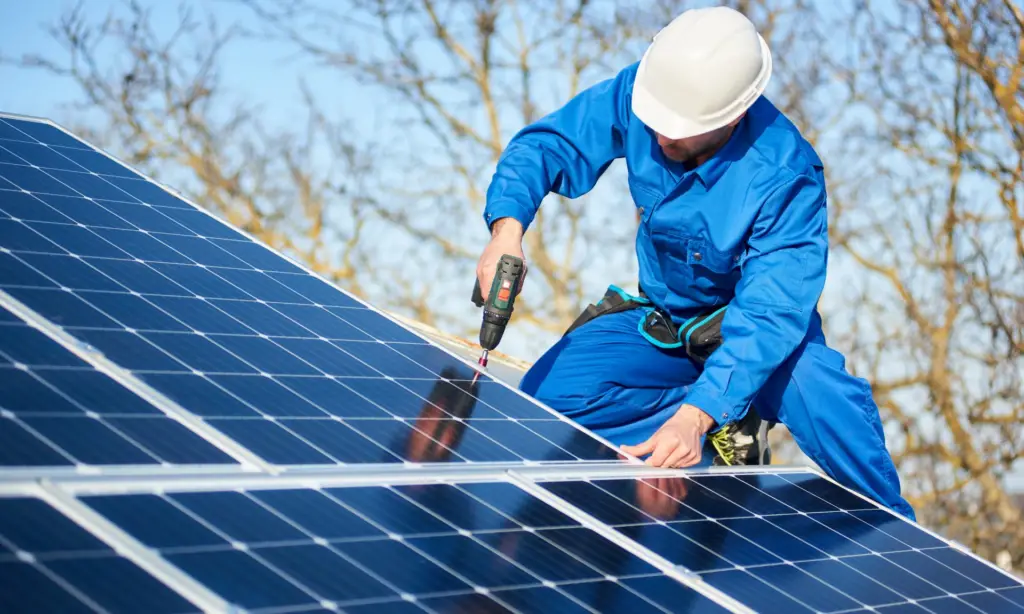
How Can You Lower Your Average Monthly Electricity Bill?
To lower your average monthly electricity bill, you can try the following solutions:
- Minimize Vampire Energy: Appliances and electronics that are plugged in but not in use still consume energy, known as vampire energy. Unplug them or use a power strip to turn them off completely.
- Change to Clean, Renewable Solar Power: You can significantly lessen your dependency on the grid and minimize your electricity expenses by installing solar panels on your roof or joining a community solar garden.
- Only Run Appliances When Full: Running your dishwasher, washing machine, or dryer only when they are full can help you save energy and reduce your electricity bill.
- Consider Household Upgrades: Your energy consumption and monthly electricity cost can be greatly reduced by switching to energy-efficient light bulbs, appliances, and HVAC systems. You might also think about insulating your house to lower heat loss during the winter and lower cooling expenditures during the summer.
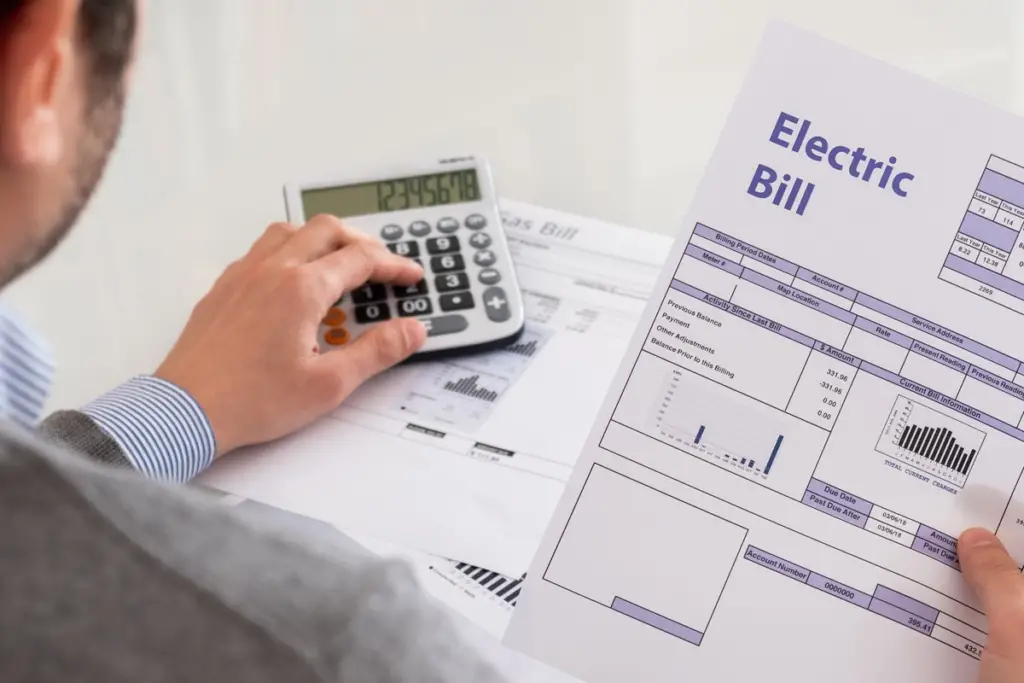
Conclusion
The size and effectiveness of the solar panels, the amount of electricity used by the household, and the location of the house are all factors that affect the normal monthly electric bill when solar panels are used. Although a precise number is difficult to give, homeowners may normally anticipate a solar system to lower their monthly electric bill by $50 to $150.
Homeowners can lessen their dependency on conventional electricity sources, minimize their monthly electric costs, and help the environment by installing solar panels.

